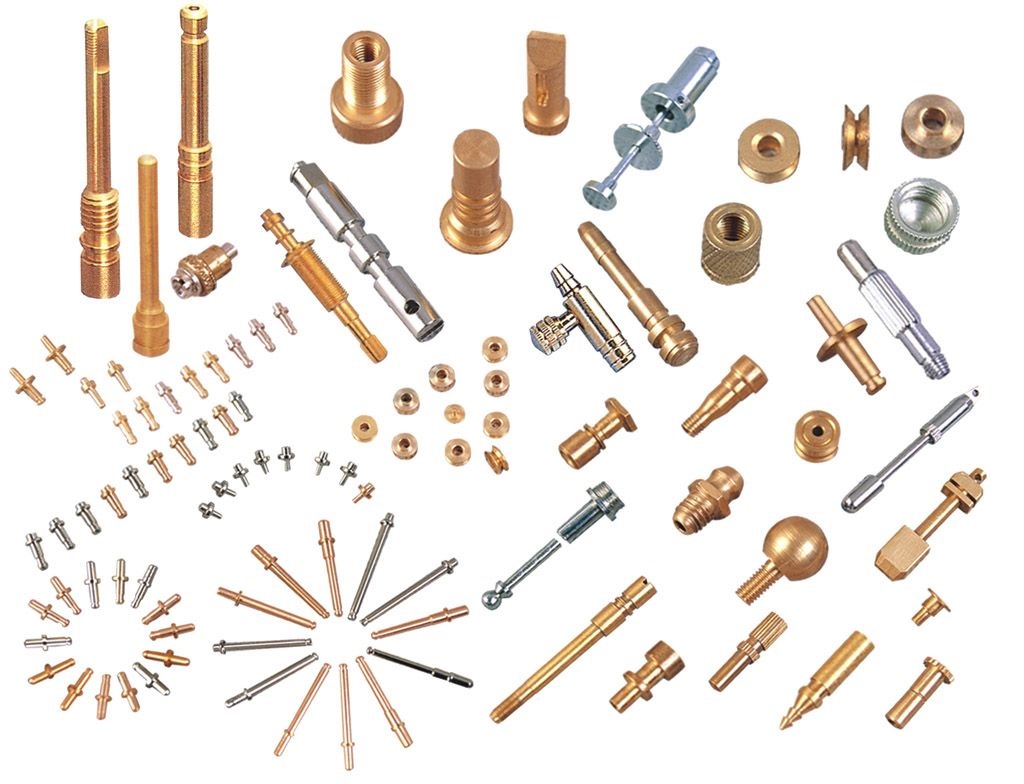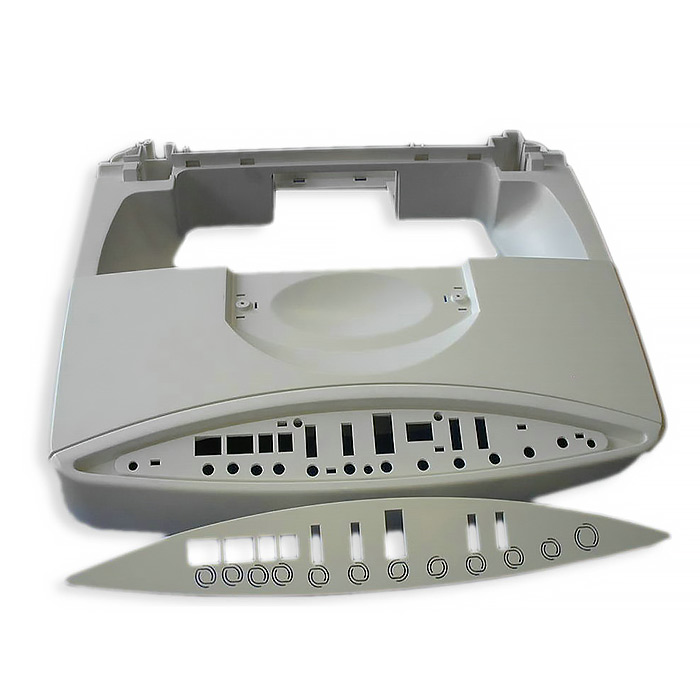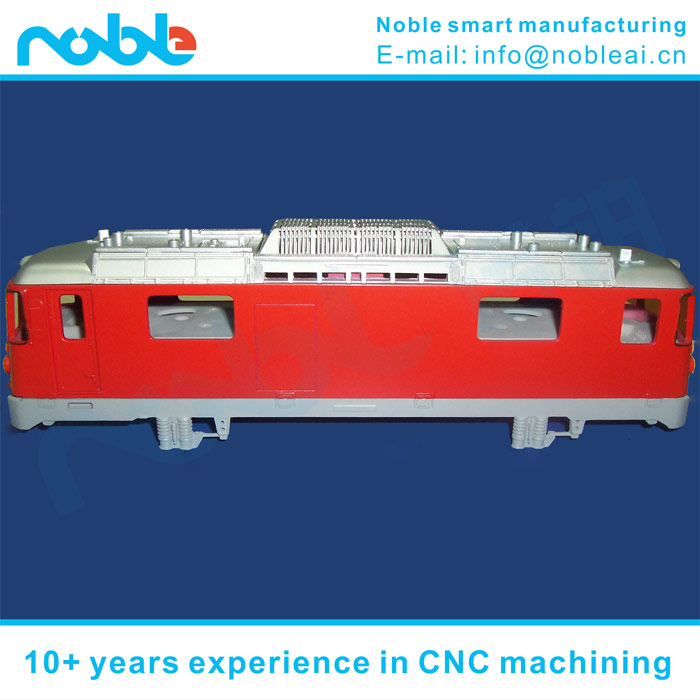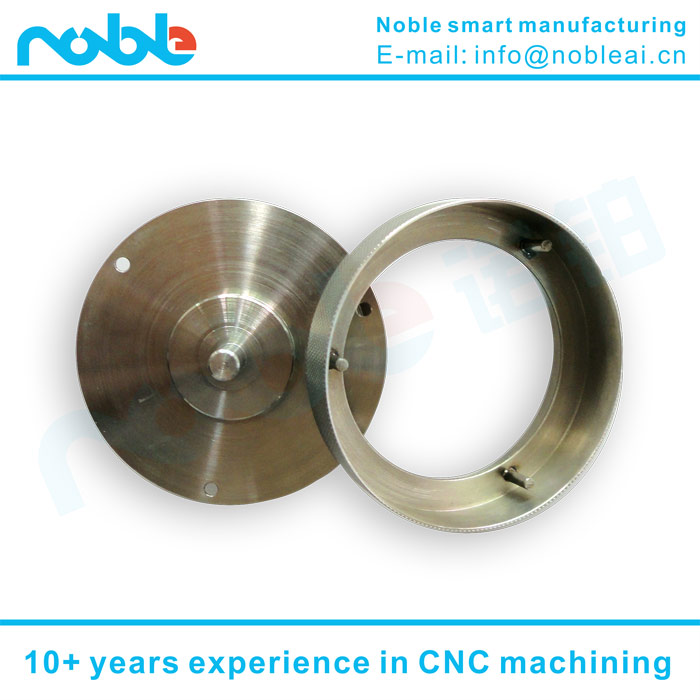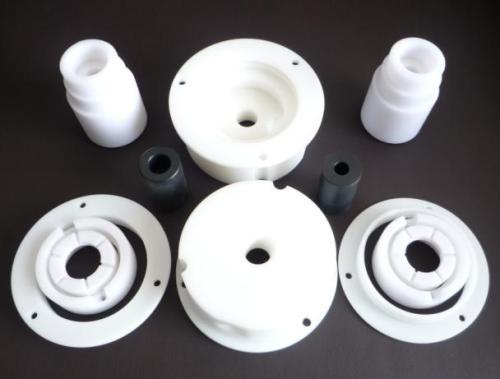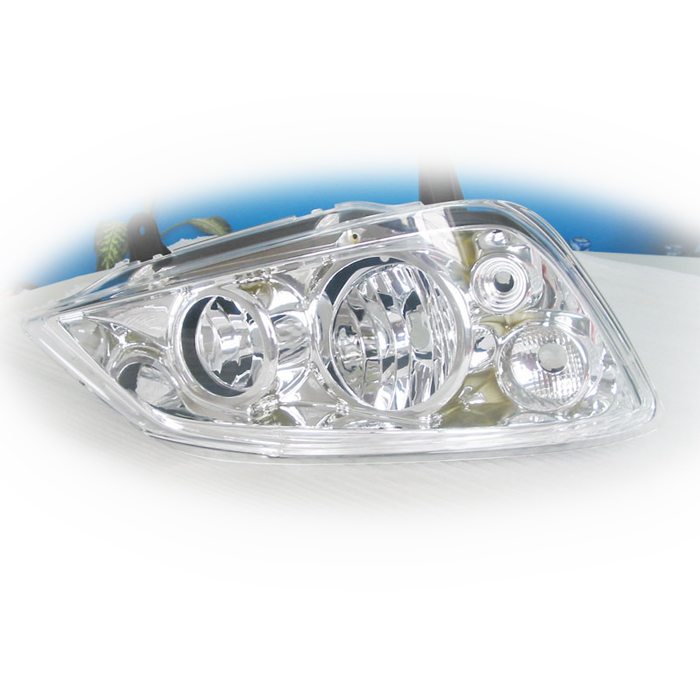Mechanical parts machining level is a concept commonly used in machining. A part from design to processing should pay attention to its economy, because the economic benefits are the basis for the existence of the factory. The level of machining accuracy is determined by the requirements of use, aerospace components require a high degree of accuracy, and tractor parts may require relatively low.
The cost of the parts is closely related with the processing accuracy, precision level 7 should be relatively high precision, and then up such as 6, 5, 4 is a higher accuracy, with each additional precision level, the difficulty of processing Will be geometric growth, the requirements for processing machine tools and tools will be higher, but also requires workers to have a higher level of processing. For example, level 7 precision can be achieved with normal machines and tools, but level 6 requires a grinder, while level 5 requires CNC machines and fine grinding, or even manual grinding, and level 4 is harder. With each additional accuracy level, there may be a few more processes, more multi-use machines and more skilled workers, so the cost of the parts will increase a lot. In this way, it raises the question of the economic precision of processing, that is, the parts of this precision are both used and economically used on a certain occasion. For example, a certain part of the tractor, 11-level accuracy has been enough, of course, processed into 5 precision is better, but the cost of 11 may be only 10 yuan, but 5 may be 100 yuan or even higher, Is unfavorable to the factory. So the so-called economic precision is to meet the requirements of the use of the lowest precision, the lowest cost, so as to achieve the purpose of the pursuit of maximum benefits.
After analysis, we can feel it with the relationship between the machining process rules, process rules should be based on economic precision to develop.
By Nicole.

